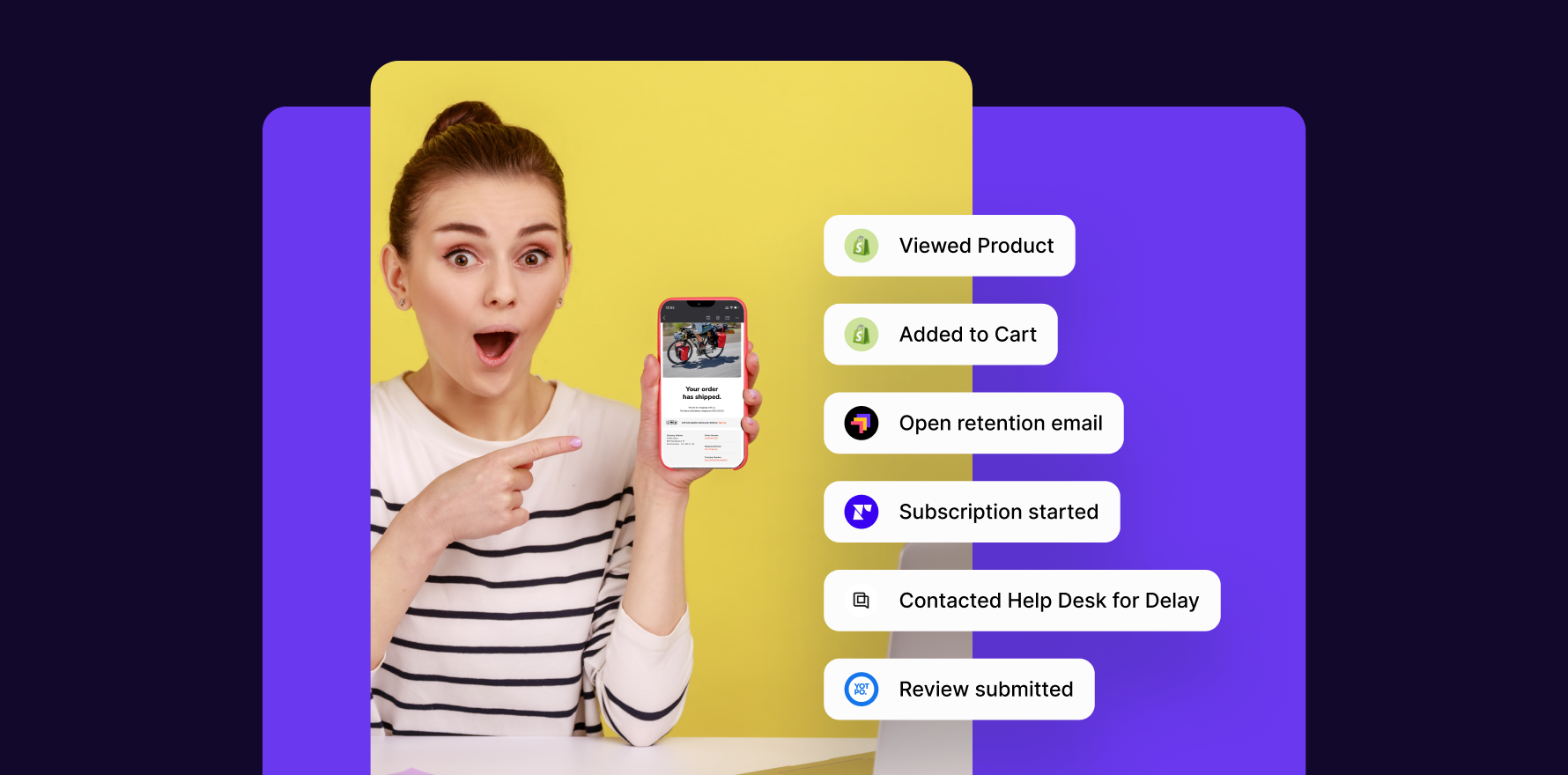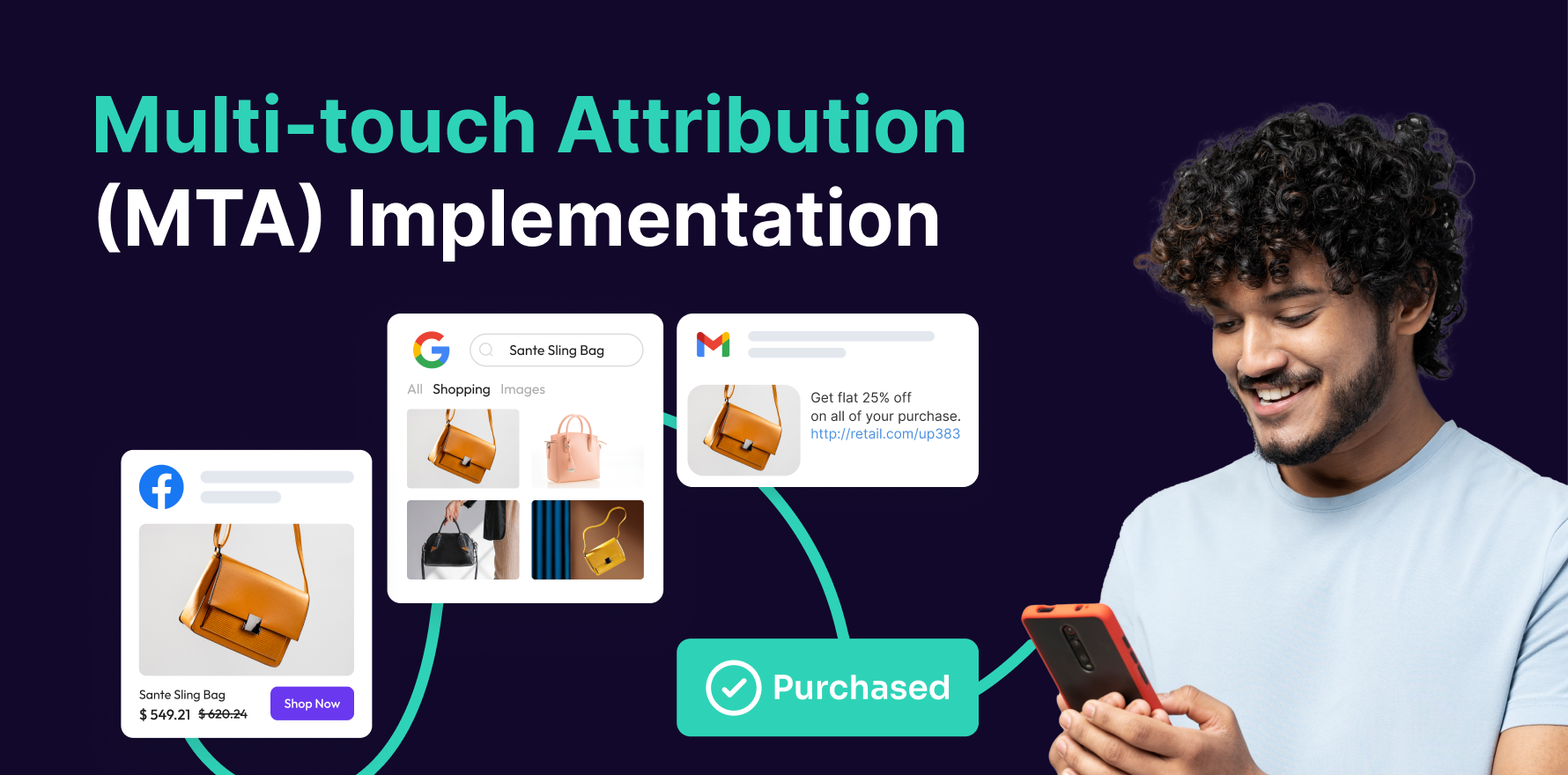As ecommerce evolves, headless commerce is becoming increasingly popular. Brands receive far more options and benefits from headless commerce than traditional ecommerce platforms. Read on to learn all about headless commerce – the what, the how, and the why.
When customers visit your website, what is the first thing they notice? Perhaps, the interactive nature, the personalized content, and the overall user experience? Traditional e-commerce setups include all of this as a part of their framework in an interconnected manner. The checkout options, the site design, and other website elements are all part of one singular setup. A change in any one part triggers changes in the other for overall compatibility.
But is there a better way to achieve the same results?
The ecommerce landscape is evolving, and single rigid functionality is not suitable for most brands anymore. Brands want an ecosystem that they can tweak to the smallest of nuances, which means breaking up the platform into parts.
That’s when headless commerce comes in.
What is Headless Commerce?
A headless commerce platform is a decentralized ecommerce system that functions without a connected front-end and backend. It works without a fixed front-end, with the backend software being connected through APIs to a highly customizable platform with which the end-user interacts.
There can be multiple front-ends with the backend powering the entire commerce journey. The decoupled nature of the structure means that your IT team can make changes to both independently.
A glance at traditional ecommerce platforms, generally referred to as monolithic systems, is instrumental here. With a monolithic system, you get a pre-fixed system, so getting it started will take no time. However, contextualizing it to provide a range of experiences on different devices will require constant adaptations and flexibility. It can be hard to do that when your backend and front-end are interlinked, or monolithic.
A tethered system is not easy to modify. Minor design changes may require complete overhauling since the element you want to modify cannot be isolated from the backend.
Due to this,major brandshave shifted to headless commerce architecture, with the biggest success story being Shopify.
Headless commerce is a step towards flexibility, boosted optimization, and hyper-personalization. All the ingredients ecommerce brands of 2022 and beyond need to succeed.
Why you should consider the Headless Commerce model
Consumers are interested in not just the goods and services on your website. They are also looking forward to an enhanced experience. In fact, a staggering yet unsurprising 58%of shoppers stop doing business with a company because of poor customer experience.
Your brand’s look and feel should align with your consumer base, and the best way to communicate that is through your ecommerce platform.
A traditional ecommerce platform might have templates to get you started, but with ecommerce shops cropping up at a fast pace, CX has become a key priority. 44.5% of organizations consider customer experience an instrumental differentiatorthat gives them an edge against their competitors. So, moving beyond cookie-cutter templates is critical.
With high degrees of personalization and unique experiences, you will inadvertently boost your conversions. When you can personalize your user experience along with providing hyper-personalized ads to your customers, your ROI will be unparalleled.
When your backend and front-end don’t pull down each other, your site can become intuitive and fast. According to a 2019 study by Deloitte, an increase in load time by 1/10th of a second boosted conversion rates by 8.4% for retail sites. When cumbersome backend functions intrinsically affect the front-end, your customers will experience lags with slow-loading pages. Headless commerce changes that for your ecommerce business, thus delivering a better end-user experience.
In a headless commerce environment, the front-end is entirely customizable based on the APIs you use. So, you can integrate a wide range of tools. These include international payment gateways, search options, region-wise customizations, checkout processes or subscription options, and so much more. You can endlessly experiment to deliver an inviting experience for a global audience. Naturally, your market reach and opportunities increase with headless commerce. Moreover, businesses with omnichannel marketing models can leverage a headless architecture to expand to as many channels as they want by incorporating suitable APIs.
Clearly, headless commerce platforms can add tremendous value at each stage of your business lifecycle.
But is Headless Commerce right for your business right now?
Consider these two factors when deciding if you are ready for headless commerce – your digital preparedness and your interactivity goals.
1) Assess your digital preparedness
While headless commerce architecture has multiple benefits, the defining advantages might not be relevant for your business model.
If your business is not yet digitally savvy, then going with a monolithic model that allows for plugging in basic functionalities might be the way to go. The learning curve can be steep for a deconstructed ecommerce platform since there are many moving parts instead of a unified system.
Remember, more customizations need not necessarily mean more simplicity.
No matter which way you go, your digital maturity should be a pivotal criterion to gauge whether you are ready to embrace headless commerce.
2) Decide if you are optimizing for interactivity
While interactive website experience, when done well, can never lead to any downside, the fact is that not every ecommerce store needs it.
A minimalistic website might be precisely what your target audience needs. Animations, VR and AR, may not be making any tangible differences in your conversions. So, for the time being, you could stick to a monolithic architecture if other considerations like website speed and user experience are top-notch.
However, headless commerce is the way to go if you operate in a niche that relies on visual experiences. Opt for an architecture that allows you to integrate customizations and complex visualizations.
An important principle to keep in mind is that ecommerce trends will constantly force businesses to adapt and pivot. Your goal should be to balance these trends with your business model and customer priorities.
Headless ecommerce is gaining traction, but adopt it only when it is suitable for your business.
Unraveling three common Headless Commerce myths
Like all things new in the market, headless commerce also comes with many myths associated with it. Siloed approach, high costs, and the need for heavy coding are some of them. But you read that right – these are all myths. Let’s see how.
MYTH 1: Headless Commerce Requires Siloed Approaches
Even though headless commerce architectures rely on disconnecting the front-end and the backend, that doesn’t mean that your marketing teams need to silo all other surrounding processes.
No matter how many front-ends you develop for your backend, the tech stack you use, the CMS you deploy, and the data you collect can exist in consonance with each other.
The benefits of unified customer data and its links to brand loyalty are endless. Data points that interact with each other help you identify insights across all the platforms where you market your product. So, any ecommerce platform you choose has to allow for this centralized approach, and a headless commerce platform is definitely one of them.
MYTH 2: Headless Commerce requires a high monetary investment
This trite assumption comes with every new disruption in the ecommerce innovation space. But the clincher here is that with the right partner, you can skip over the high initial investments as well.
You won’t have to develop various front-ends from scratch if you don’t want to. Even if you choose to do so, the customizations you adopt will more than make up for initial investments with a boosted ROI.
MYTH 3: Headless architecture relies on heavy coding
With the advent of no-code environments and robust AI tech stacks, your business can adopt headless commerce without worrying about laboring over long codes and complex APIs.
This is slightly different from gauging your digital preparedness because if you are already digitally savvy, transitioning to headless architecture will not be too much of a jump. So, if dreary coding requirements are the reason for not making the change, you should reconsider your decision.
Want to give Headless Commerce a shot?
Switching to a completely different ecommerce architecture might seem like an overwhelming move, but it is an exercise worth trying.
With myths busted and benefits of headless commerce laid out for you, are you ready to kick start this journey?
You may also like
Essential resources for your success
























































